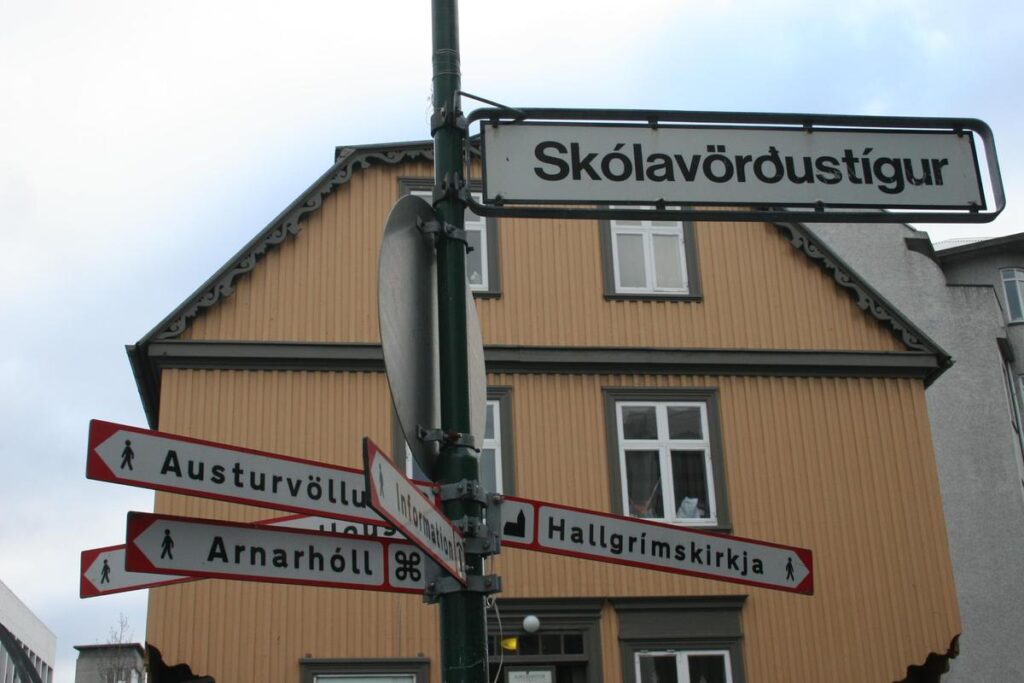
The Nordic Council is the parliamentary body for official Nordic co-operation and can thus be compared to Inatsisartut in a Nordic context. The council has 87 elected members from Denmark, Finland, Iceland, Norway and Sweden as well as the Faroe Islands, Greenland and Åland, who are selected from the parliaments of the Nordic countries on the basis of proposals from the party groups. No direct elections are held to the Nordic Council.
The Nordic Council, chaired by the Bureau, meets for two annual meetings – the Nordic Council session and the theme session. The Nordic Council’s session is the Nordic summit and the biggest Nordic political event of the year. The Nordic parliamentarians make decisions on issues that they want the Nordic governments to find solutions to. The Nordic Council makes proposals and continuously tries to influence the Nordic governments to find common Nordic solutions that have a positive effect. In addition to the elected 87 members from the Nordic parliaments, co-operation ministers and prime ministers will attend the session.
In 2019, the Nordic prime ministers approved the new common vision “Our vision 2030 – The Nordic region must become the world’s most sustainable and integrated region”. The three strategic priorities are: a green Nordic region, a competitive Nordic region and a socially sustainable Nordic region. The new vision will apply from the beginning of 2021.
The Nordic prime ministers have the overall responsibility for Nordic co-operation. In practice, the responsibility for co-operation is delegated to the Nordic Ministers for Co-operation (MR-SAM) and to the Nordic Co-operation Committee (NSK), which is responsible for the ongoing co-ordination of Nordic government co-operation.
The Nordic Council of Ministers is a central platform for cultural co-operation in the Nordic region, and has, among other things, a number of support schemes under it.
NAPA is a cultural institution under the Nordic Council of Ministers and always works on the basis of the Council of Ministers’ strategy for the cultural area. It is prepared by the Nordic Council of Ministers for Culture, which consists of the ministers of culture from all the Nordic countries.